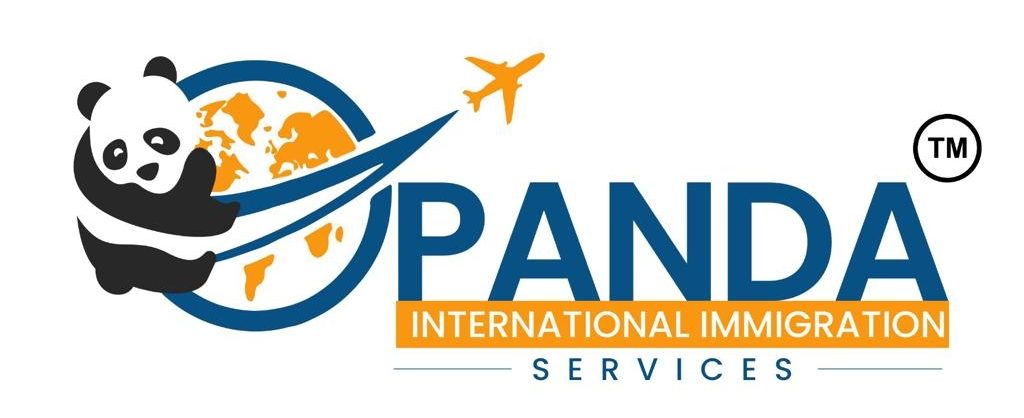On November 7, senior education officials underwent further questioning from the Senate Education and Employment Legislation Committee regarding the controversial ESOS Amendment Bill, which proposes a cap on international enrolments and introduces other significant changes.
Institutions across Australia are increasingly taking “pre-emptive” measures to combat the government’s proposed policy, despite it not yet being passed.
Just this week we saw UNSW Sydney introduce offer rounds and a waitlist for 2025 international admissions. Months earlier, Australian Catholic University halted recruitment for 2025.
IEAA CEO Phil Honeywood had previously been campaigning for a 15% buffer on caps in an adjustment year, but the discussions during the Senates Estimates pointed to no sign of such flexibility being included in plans.
Ben Rimmer, deputy secretary of the Department of Education, stated that the “law of the land” entitles institutions to enrol higher than their caps currently, but “if the legislation is passed in its current form, that will operate from January 1 2025.”
“All providers that are close to the limit that would apply if the legislation is passed are well aware of the fact they are close to that limit,” he continued.
It was revealed during the session that providers with multiple CRICOS registrations will able to redistribute their total allocation across operations, “in a limited number of circumstances”.
Rimmer gave the example of Victoria University, with two CRICOS codes – one for its Melbourne operations and one for its Sydney operations – which will be allowed to shift the limit between those two operations.
“They are able to shift their limit between those two locations given that the ultimate owner of the operation is the same entity,” the Senate Committee heard. This will also be the case for Monash University and Monash College.
However, a scenario where providers would be unable to distribute allocations in this way is the case of La Trobe Colleg, as a Navitas entity, and La Trobe University.
Following remarks from the department in which they outlined the Bill’s purpose to help the higher education “thrive”, Senator Mehreen Faruqi of the Greens, who has been vocal in her criticism of the Bill, took the opportunity to remind the department of the job losses that are plaguing Australia’s institutions.
“It’s not going to thrive when 14,000 jobs are lost and those people are not going to thrive either,” she addressed officials.
Macquarie University will see 200 job losses due to a $35 million drop in revenue. Meanwhile, it has been reported that the University of Canberra seniors told staff $50 million must be removed from recurrent expenditure to 2025, slashing “at least” 200 staffing positions, including up to nine senior management roles.
Among others, James Cook University will cut some 67 positions, which follows significant cuts already made in recent years.
Senator Sarah Henderson, shadow minister for education, commented: “If you think the universities are in crisis, consider what this is doing to the private providers, both in VET and higher education, many of them are facing insolvency, bankruptcy, collapse, serious financial consequences, the loss of their homes.”
Then came the question of demand. As of August 2024, over 803k international students were enrolled in Australia’s institutions, the panel revealed.
Independent Senator David Pocock put to the panel the dilemma of the “Canadian experience” where many institutions in Canada, grappling with their own government proposed cap on study permits, have not been able to meet caps.
The scenario has brought into question the impact of the policy on ‘brand Canada’ and the dwindling attractiveness of the destination.
Pocock posed if this could be a possible scenario for Australia, considering funding issues facing the sector, coupled with increased costs for international students seeking an education in the country.
It was recently revealed a number of top Australian universities will increase tuition fees for international students.
“We’re seeing no evidence of a fall-off in university demand,” said Rimmer.
We’re seeing no evidence of a fall-off in university demand
Ben Rimmer, Department of Education
“We do have data on that and this year, compared to last year, universities are about 10% ahead of the same time last year. That evidence shows that enrolments are healthy.”
Elsewhere during the session, it was revealed eight providers received an updated indicative allocations as of September 19, including UNSW Global, Jazz Music Institute and the Global Leadership Institute.
The post Australia: cap distribution details unveiled amid ongoing criticism appeared first on The PIE News.

